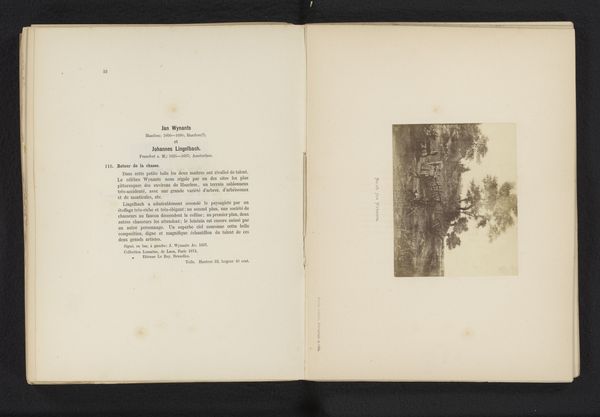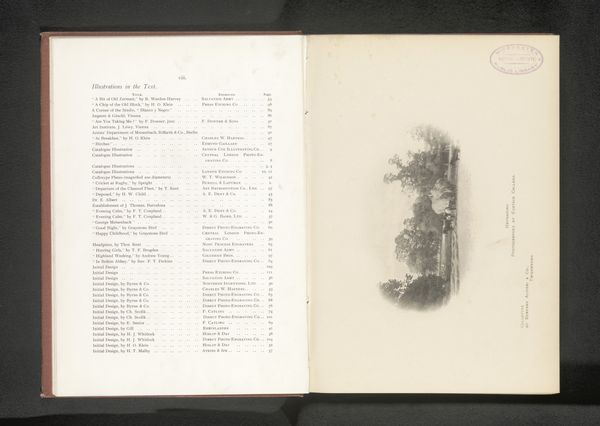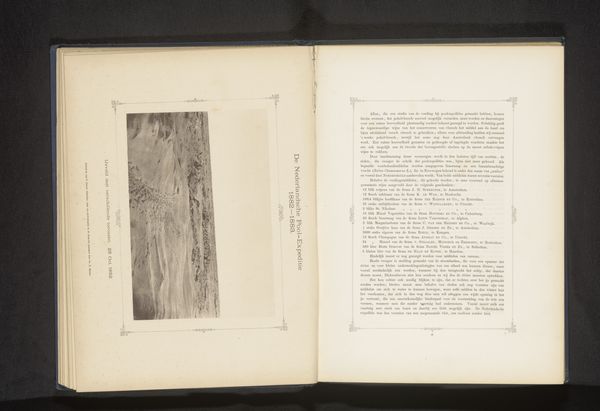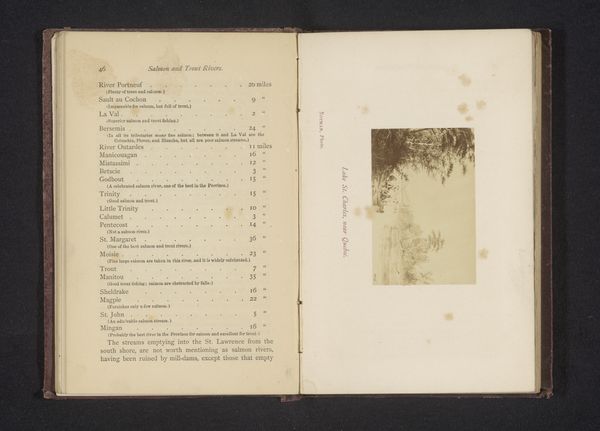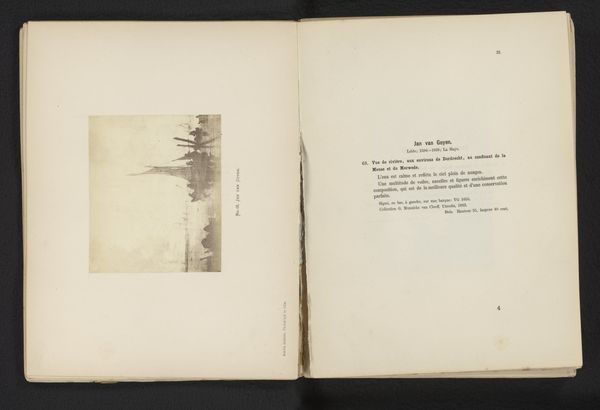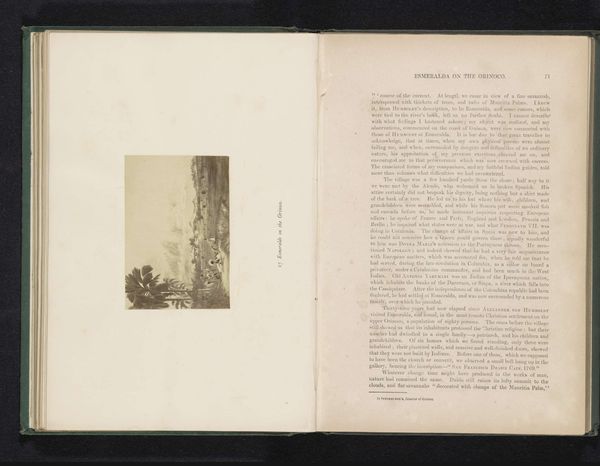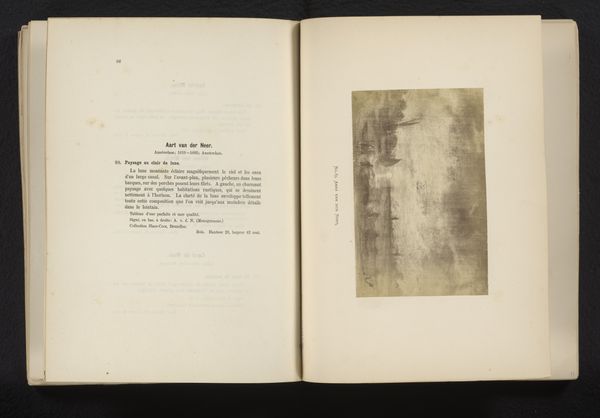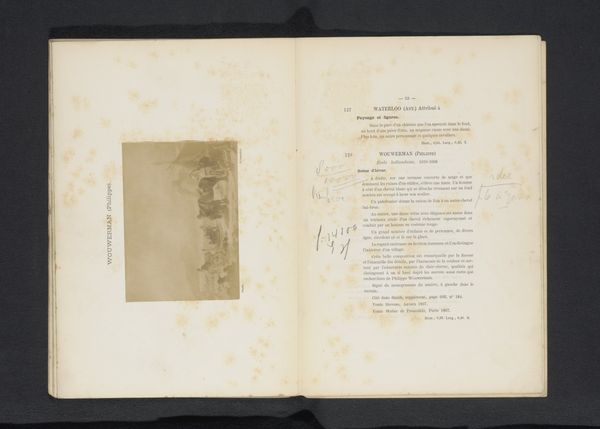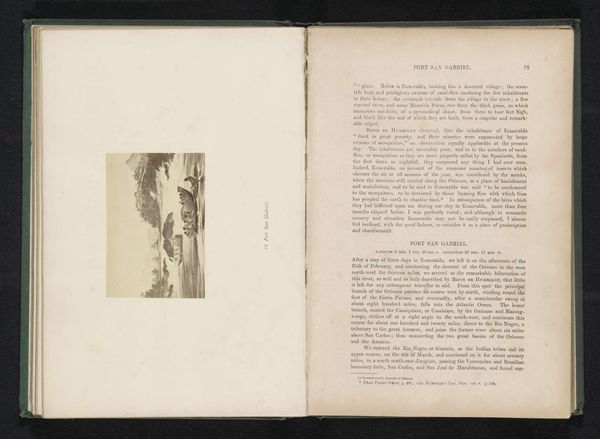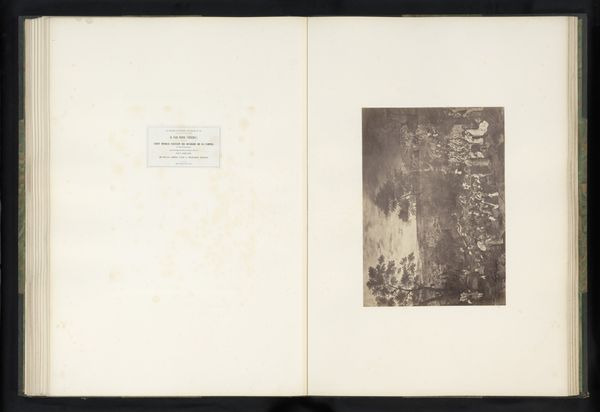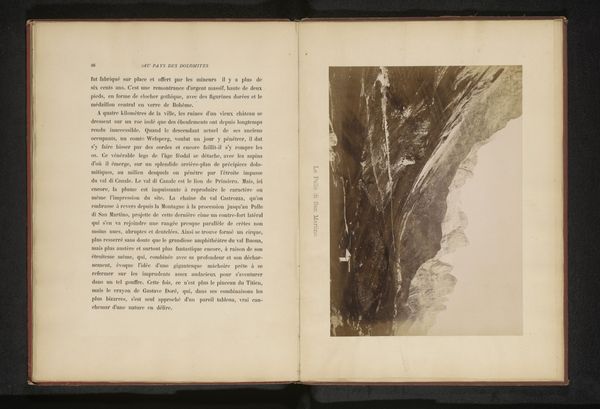
print, photography
#
portrait
# print
#
photography
#
cityscape
#
realism
Dimensions: height 113 mm, width 176 mm
Copyright: Rijks Museum: Open Domain
Curator: Here we have "Regulating and grading Eighth Avenue", a photograph by George Gardner Rockwood dating to before 1872. Editor: My first impression is a sense of starkness. The lack of color almost abstracts the scene, turning the avenue into a web of textures and lines, a kind of topography of human intervention. Curator: Absolutely. What fascinates me is the material reality it documents: the very literal reshaping of the landscape to facilitate urban growth. Rockwood captured not the polished end result, but the messy, laborious process. Editor: That 'process' speaks to a symbolic transformation. The "regulating and grading" itself—leveling the land—suggests the imposition of order, of civilization, on something previously wild or untamed. An early modern expression of controlling the land. Curator: Right, consider what 'grading' actually involves. Immense amounts of fill dirt must be moved, hills must be leveled. Rockwood isn't just making art here; he's inadvertently capturing early environmental impact and a snapshot of land economics. Editor: And think about the human cost! These are images of profound transitions—physical labor literally paving the way for a specific vision of American progress, embedding cultural assumptions about what the "good life" should look like. This image really does make you wonder who really benefited from this work. Curator: Exactly, and that speaks to production. Rockwood was one of many commercial photographers capturing a rapidly evolving cityscape, meeting demand, participating in a particular labor market. Editor: He’s also shaping how we perceive the city. Think of the repeated visual tropes in cityscape photography: broad avenues representing expansion and optimism, dwarfing the people who built it. These early photographs really capture something enduring. Curator: Agreed. It’s tempting to see these images solely through a nostalgic lens. But that ignores the actual, material impact. Editor: Precisely. And examining these choices reveals so much about the underlying power dynamics. I see this image as a moment crystallized; a foundation built upon layers of literal earth and symbolic ambition. Curator: Well, seeing the process documented is what strikes me the most in these old photographs. What sort of labour has gone into creating this? Editor: And from there, asking who benefits the most, and whether progress really does equal happiness. Thanks so much for this great conversation!
Comments
No comments
Be the first to comment and join the conversation on the ultimate creative platform.
